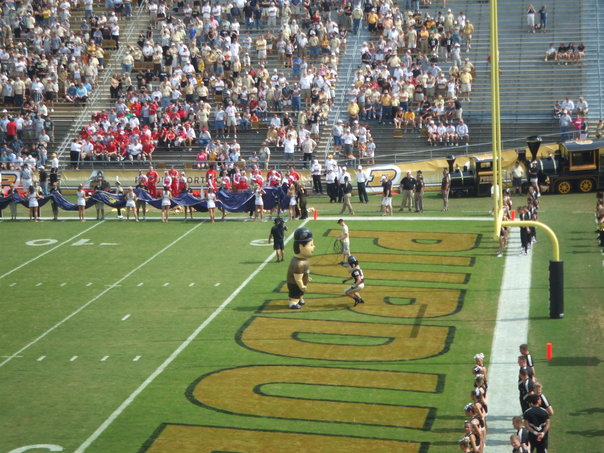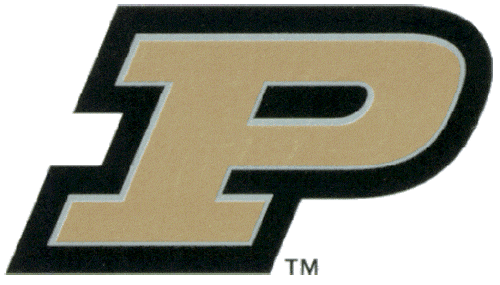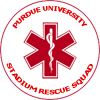History


It was not expected to be an extraordinarily eventful day. But this warm September afternoon in 1972 would change the way the Purdue administration viewed football games and the safety of those attending them. Tens of thousands of fans poured into Purdue's Ross-Ade Stadium to watch the Boilermakers take on state rival Notre Dame. The game was expected to be an intense battle between the two powerhouses. Yet none of those present realized that the most important battles being waged in Ross-Ade Stadium on that Saturday afternoon were not going to be on the field: they would be in the stands and the surrounding parking lots. This was the day that four visitors to the university would suffer heart attacks and lose their lives in and immediately around Ross-Ade Stadium.
The emergency medical system that existed at the time was extremely stressed by the influx of severe cases that day. Several believed that the systems inadequacies played a role in the high loss of life. Following that tragic football Saturday, Purdue administrators and Athletic Department officials met to evaluate their emergency medical procedures in Ross-Ade Stadium and discuss their options.
It was decided to establish a group to act as first responders within the stadium. These volunteers would be responsible for maintaining basic life support and transporting victims to medical staff members in a first aid station within Ross-Ade Stadium. It was believed that this group of first responders would be capable of relieving the Emergency Medical Technicians in the most basic of first aid and transport problems.
At first, only volunteers from the Purdue staff were asked to provide this service. Staff members from the Physical Plant operations of the University were chosen to be the first responder group. It quickly became clear that manpower needed to be expanded. Student volunteers were recruited, primarily from one of the campus health honoraria, Eta Sigma Gamma. Additional medical staff was added through the support of the Student Hospital, and electric carts became an essential part of the growing rescue team. Before long, most of the participants, with the exception of the professional medical staff and Purdue Safety and Security staff members, were student volunteers.
The group came to be known as Rescue Squad. Rescue Squad became a sub-club of Eta Sigma Gamma. However, those interested in being part of Rescue Squad could actively participate in the group without being a member of Eta Sigma Gamma. Rescue Squad members were volunteers, but the Purdue Athletic Department gave Eta Sigma Gamma an honorarium for the services of the group. The honorarium was divided amongst those who participated in the Rescue Squad operations. Aside from the small cash honorarium, members received, at no cost, a limited amount of food and beverages at each game. Squad members were required to hold a current cardiopulmonary resuscitation certification (CPR, until now) plus be certified or enrolled in advanced first aid or have higher medical training. Special training sessions were developed to familiarize the Rescue Squad members with procedures appropriate to the special situations that arise in a football stadium full of cheering fans.
By 1986, it became evident that being part of Eta Sigma Gamma was becoming a hindrance to the needs, possible growth, and further expansion of Rescue Squad. Squad members were interested in forming their own club. They felt the possibilities existed to expand the usefulness of Rescue Squad from the football stadium to other campus events including triathlons (we provided service to a run by the Co-Rec in 1998), parades, and gatherings that could attract large crowds or become potentially dangerous.
Work began in the fall of 1987 on a constitution that would allow the formation of a university recognized independent student organization. In the fall of 1988, Purdue's Dean of Students Office and the club members approved a formal constitution at that time. The formation of Stadium Rescue Squad was official.
In a little less than 16 years, an idea brought about from a tragedy transformed from a group of about 15 volunteer staff members to an officially recognized university organization with a membership above 100 that includes faculty, staff, and students of Purdue University. And they are all brought together for the same purpose: to help those in medical need in an unfamiliar environment.
Improvement in Rescue Squad did not stop there. Two-way radios were used to communicate among squads, control and medical teams, but unfortunately they were not very good. The Grounds Crew also used the radio channel used by the Rescue Squad at the football stadium, and they used their radios as much as the Rescue Squad did. Communications could not be done when they talked. There had been many delays in communication among the squads, as well as delays for the Ground crew. These delays of seconds or minutes can be very costly to the patient. The squad then started to own their own radios and frequency channel in fall 1998. Since then, communication has been very good.
